
In Queensland, Australia, early March can be 96 degrees Fahrenheit. It’s summer in the Southern Hemisphere, but that’s still pretty hot.
Although hot, dry Australia probably isn’t the first place you’d think to look for ferns, that’s precisely why I’m here and the sole reason we’ve hit the road at 6 a.m. Our schedule for the day: to drive as far south as we can while still letting us come home at the end of the day.
My local colleague, Ashley Field, grew up just the next town over. A skinny, speedy man, he works at James Cook University in Cairns and knows most of northern Queensland like the back of his hand.

The ferns I’m looking for today are interesting because some species can move from their original home in Australia to the tiny islands in the Pacific. But some cannot. Why? Understanding what makes them different could prove useful in making our crops more resilient to harsh weather, or preventing weeds from spreading.
We’ve been driving for four hours before we turn off onto a dirt road. If you haven’t been to Australia, it’s worth noting that four hours here is unlike any four hours I’ve experienced before. The roads are fairly empty, flat, and straight, meaning you can cover a lot of terrain. Australia is also incredibly big and most of the time you’re travelling through unpopulated landscapes. While it may be only four hours, your mind feels the weight of the distance.

Cheilanthes tenuifolia with lots of little spore babies on the undersides of its leaves.
The dirt road begins to climb into the mountains. We are leaving behind low scrub and big granite rocks that sit on the flat terrain. Ashley knows where we can find the ferns I’m looking for, but he’s never driven this road before. Instead, we’re trusting researchers who came before us. When they explored this area, they took samples of plants that were preserved and stored in museums and universities. By reviewing the carefully labelled collections at these institutions, we can know which places to revisit in hopes of finding the ferns.
Often, however, having been collected before there was GPS, the location information on these samples is not very precise, or the plants may no longer live there, or maybe that area got turned into a parking lot, as happened to me in New Zealand. So, despite careful planning, you may drive five hours one way to come up empty handed.
As we move higher up the mountain, the soil turns redder and sparse eucalyptus forests begin to enclose us. We locate the previous collections coordinates, an area that seems suitable for ferns to grow. We park the truck on the side of the road and get out to look.
We comb 300 feet along the side of the road because these ferns like the edges of forest, and we find nothing. But as we trudge back to the truck, I spot one meager fern hiding behind a creeping vine! It’s high up off the road-cut and I try to scramble up but only manage to pull a muscle in my arm. Ashley is taller, so he climbs partway up a tree and manages to fetch the fern. It’s not the healthiest, only 6 inches tall for a plant that usually grows at least 12 to 14 inches. It’s also not fertile, making it less useful for research, and in pulling it out of the ground, Ashley broke one of its three leaves off. But it’s better than nothing!

Ashley excels at being a field botanist because he is not one to give up. “We should keep looking,” he says despite the sweat dripping down our faces.
We pile back in and continue up the road. And who could have predicted that just around the bend we would find dozens of tall, healthy looking ferns! There are easily fifty or so plants, each a deep green, the tallest around 12 inches. Many others are at earlier stages of growth, which can be very helpful for scientists in understanding how plants develop. We take four or five plants, enough to leave a sample at the university in Cairns and for the rest to be shipped back to the US. One sample will be kept at Duke, and the others will be distributed amongst other museums and universities as a type of insurance.
The long hours, the uncertainty, and the harsh conditions become small things when you hit a jackpot like this. Plus, being out in remote wilderness has its own soothing charm, and chance also often allows us to spot cool animals, like the frilled lizard and wallaby we saw on this trip.
Funding for this type of fieldwork is becoming increasingly rare, so I am grateful to the National Geographic Society for seeing the value in this work and funding my three-week expedition. I was able to cover about 400 miles of Australia from north to south, visiting twenty-four different sites, including eight parks, and ranging from lush rainforest to dry, rocky scrub. We collected fifty-five samples, including some that may be new species, and took careful notes and photographs of how these plants grow in the wild, something you can’t tell from dried-up specimens.
Knowing what species are out there and how they exist within the environment is important not only because it may provide solutions to human problems, but also because understanding what biodiversity we have can help us take better care of it in the future.

Guest Post by graduate student Karla Sosa
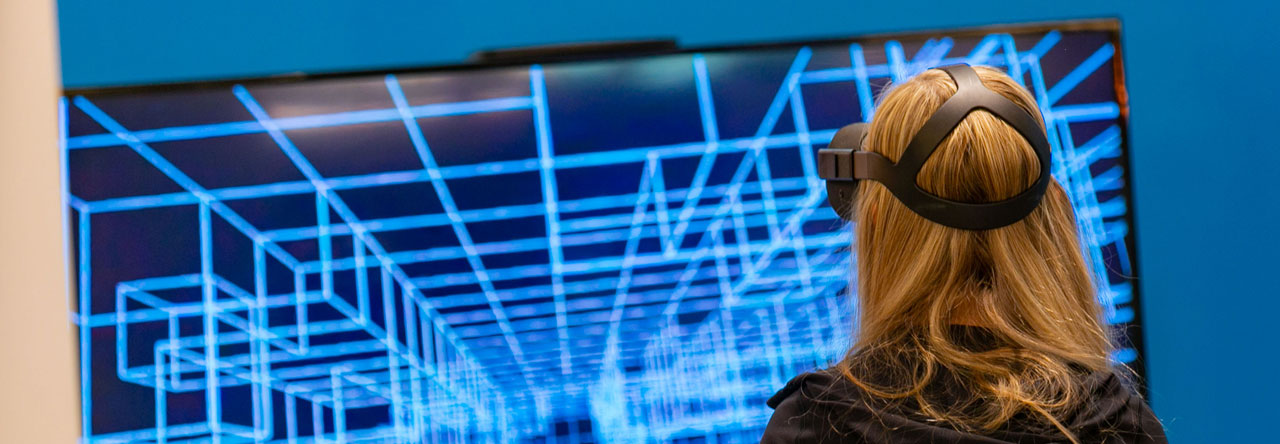








 Guest post by Jing Liu, a psychology and neuroscience major, Trinity 2022.
Guest post by Jing Liu, a psychology and neuroscience major, Trinity 2022.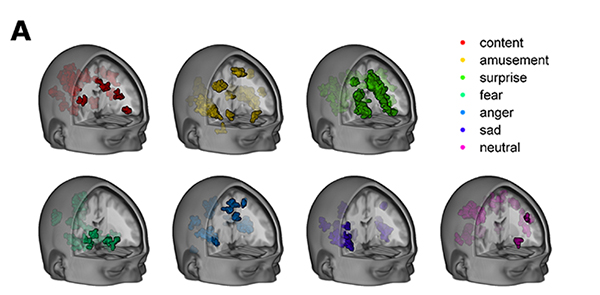

 Guest post by Brynne O’Shea.
Guest post by Brynne O’Shea. 

 Guest Post by Casey Holman, psychology major.
Guest Post by Casey Holman, psychology major.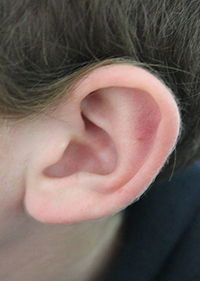

 Guest post by Benjamin Fiszel, Class of 2022.
Guest post by Benjamin Fiszel, Class of 2022.

 Guest post by Kenan Kaptanoglu, Class of 2020.
Guest post by Kenan Kaptanoglu, Class of 2020.


 Guest post by Jesse Lowey, Trinity 2021
Guest post by Jesse Lowey, Trinity 2021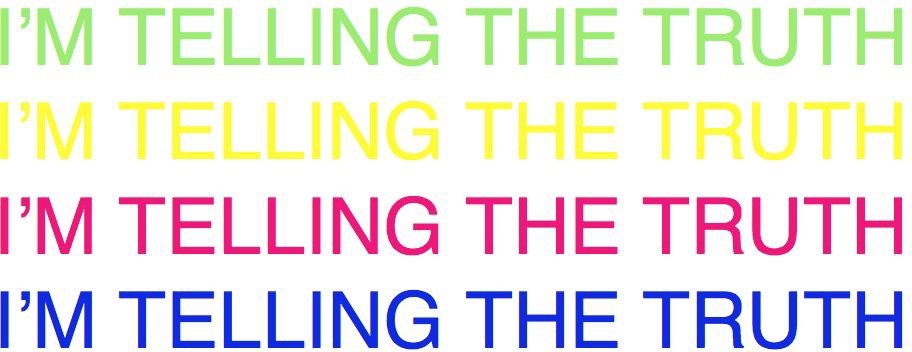
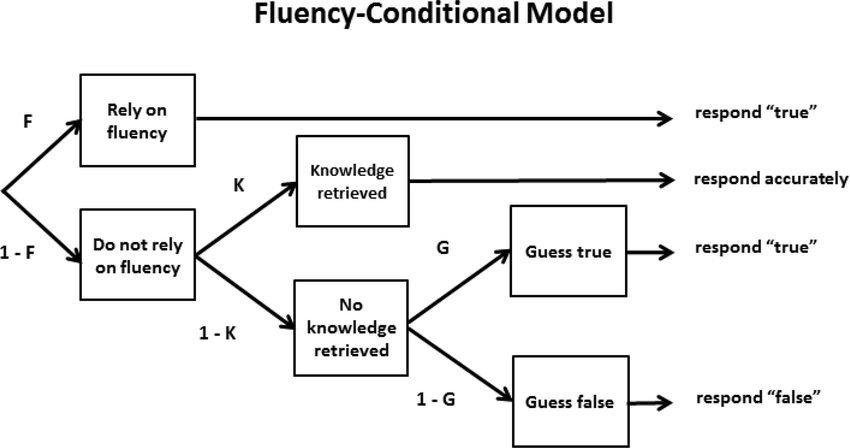
 Guest Post by Kevyn Smith, a third-year undergraduate majoring in Electrical and Computer Engineering and Computer Science, and minoring in Psychology.
Guest Post by Kevyn Smith, a third-year undergraduate majoring in Electrical and Computer Engineering and Computer Science, and minoring in Psychology.